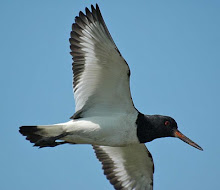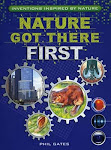This delightful variation on the common daisy, known as the Childling Daisy or Hen-and-Chicks Daisy, photographed in Durham University Botanic Garden, was first described by the Elizabethan herbalist John Gerard. In his famous herbal of 1597 he wrote "There is another pretty Daisie which differs from the first described onely in the floure, which at the sides thereof puts forth many footstalks, carrying also little double flours............ so that each stalke carrieth as it were an old one and the brood thereof; whence they have fitly termed it the childling Daisie.”
Many members of the daisy family (Compositae, also known as the Asteraceae) sometimes produce additional flower heads (capitula) from the main one, when individual florets develop abnormally but this daisy - known as Bellis perennis prolifera - is significantly different, with multiple minor flowers on branches that arise from the main flower stalk, below the central flower.
Today plant molecular biologists working at the cutting edge of science depend on being able to generate mutants of plants at will in order to study and understand the way that genes work. Our Elizabethan ancestors were equally fascinated by these unusual ‘sports’ of wild flowers and cultivated them in their gardens ....... where some are still grown as horticultural curiosities.















